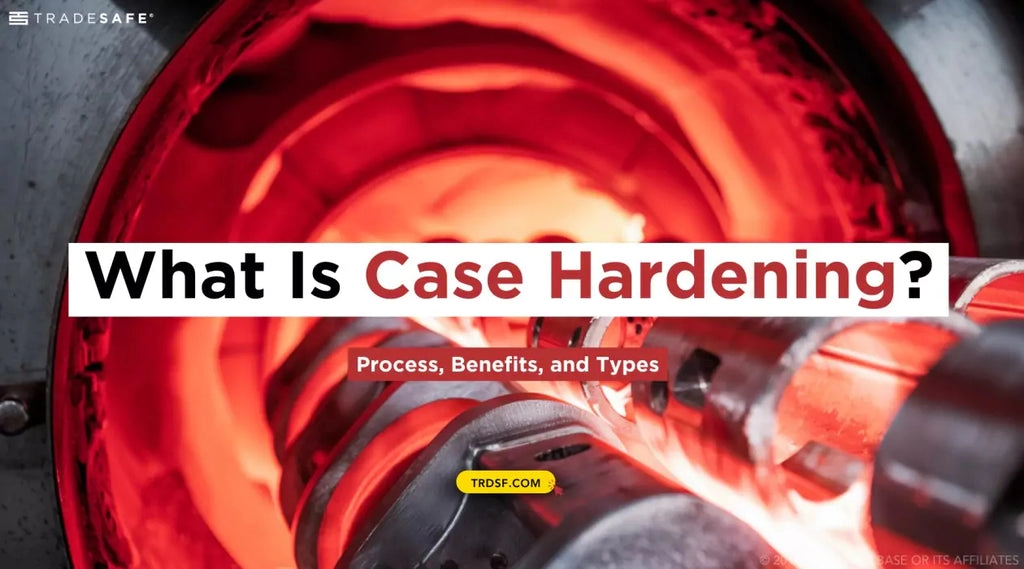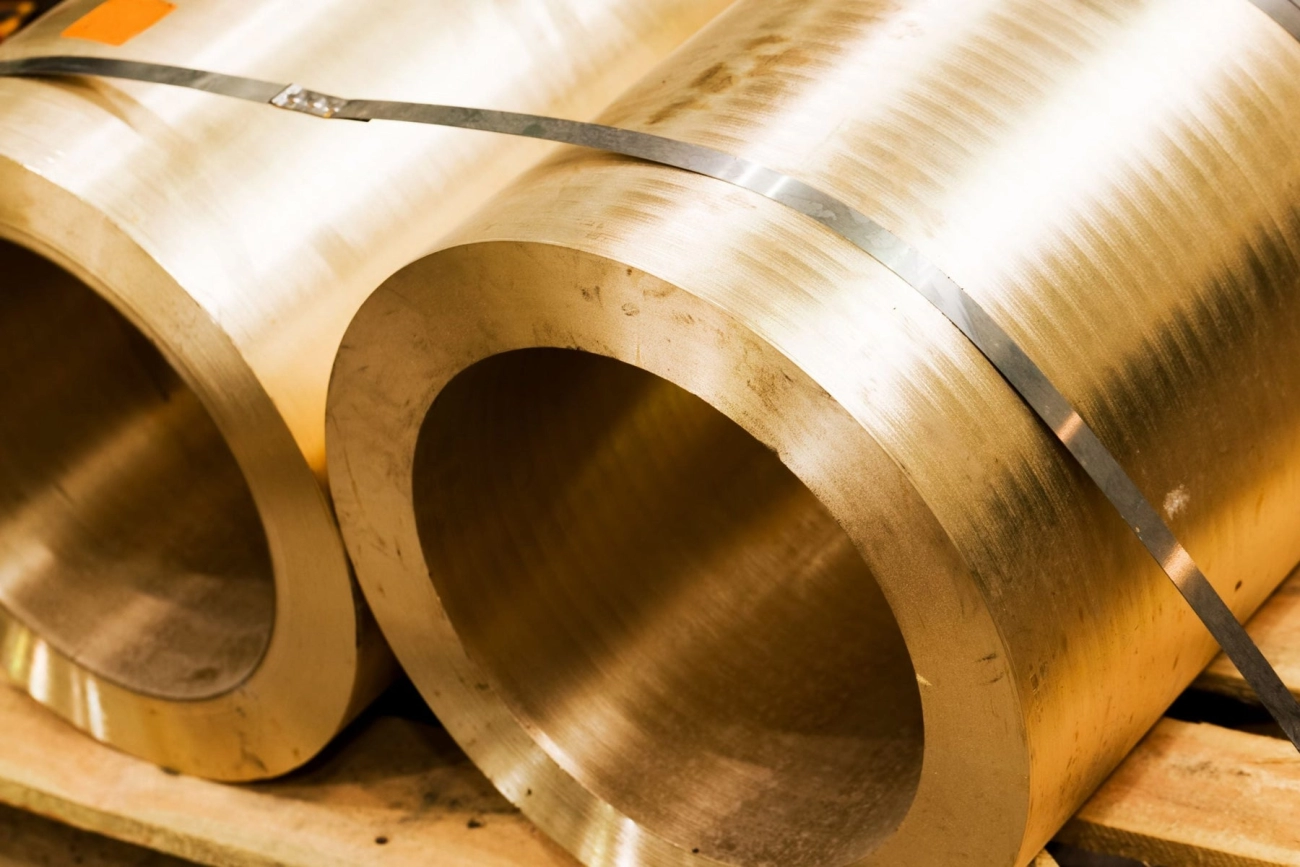Discover what case hardening is, how it improves metal durability and wear resistance with key processes, benefits, and practical applications explained.
If you’re working with metals, you’ve probably heard the term case hardening—but what exactly is it, and why does it matter? Simply put, case hardening is a heat treatment process that makes the surface of metal parts extremely hard and wear-resistant while keeping the inside tough and flexible. This balance is crucial for parts like gears and shafts that face constant stress and friction. In this post, you’ll get a clear, no-fluff explanation of what case hardening is, how it works, and why it’s a game-changer in manufacturing durable metal components. Ready to see how this process can boost your next project’s performance? Let’s get into it.
The Fundamentals of Case Hardening: Why Surface Hardness Matters
When we talk about case hardening, we’re focusing on a surface hardening process that improves the outer layer of metal parts while keeping the core tough and ductile. This means we get the best of both worlds: a hard, wear-resistant surface that can handle friction and abuse, and a strong, flexible inner core that resists cracking and fatigue.
Surface hardness matters because many metal components face constant contact, pressure, and wear in their daily use. Think about gears in a car or machine parts in industrial equipment—if the surface wears out too quickly, the whole part fails sooner than expected. Case hardening strengthens just the surface, which is where wear happens the most, without making the metal brittle overall.
By boosting the surface hardness, case hardening extends the life of low-carbon steel parts that otherwise wouldn’t be durable enough. It’s a smart heat treatment choice for anything exposed to rough handling but needing a solid core, such as tools, automotive components, and heavy machinery parts. This balance of hard surface and tough interior makes case hardening a crucial technique in manufacturing and repair work.
Types of Case Hardening Processes: Choosing the Right Method
When it comes to case hardening, picking the right method depends on the metal type and how the part will be used. Here’s a quick look at the most common surface hardening processes:
Carburising: Most Common
Carburising is the go-to method for adding hardness to low-carbon steel. It involves heating the metal in a carbon-rich environment, allowing carbon atoms to penetrate the surface. The part is then quenched and tempered, creating a hard outer layer with a tough core. This process is widely used for gears and other wear-resistant metals.
Nitriding: Low Temp Alternative
Nitriding works differently by introducing nitrogen into the surface at lower temperatures, usually without quenching. This means less distortion and stress on the part. It’s a great option if you want long-lasting surface hardness and improved metal fatigue resistance without changing the part’s shape. It’s commonly chosen for tools and engine parts.
Other Variations: Cyaniding, Induction and Flame Hardening
There are other practical options like:
- Cyaniding: Quick and cost-effective, this method uses a liquid bath with cyanide salts to harden steel surfaces. Good for smaller parts.
- Induction Hardening: Uses an electromagnetic field to rapidly heat the surface before quenching. It’s precise and energy-efficient, ideal for localized hardening.
- Flame Hardening: A flame heats the surface, followed by immediate cooling. This works well for large or oddly shaped parts that need wear-resistant surfaces only in specific areas.
Choosing the right case hardening method means balancing part use, costs, and the desired case depth measurement. Each process has trade-offs, but understanding these options helps you get the surface hardening process that fits your needs best.
Step by Step How Case Hardening Works in Practice
Case hardening in practice involves a few clear steps to boost the surface toughness of low-carbon steel or other metals while keeping the inside softer and tough. Here’s a simple breakdown:
- Preparation: First, the metal part is cleaned thoroughly to remove dirt, grease, or rust. This helps ensure the surface hardens evenly.
- Surface Treatment: Depending on the method (like carburising or nitriding), the part is then exposed to carbon or nitrogen. For carburising, the steel is heated in a carbon-rich environment, allowing carbon atoms to diffuse into the surface layer. In nitriding, nitrogen atoms are infused into the metal surface at lower temperatures.
- Heating: The metal heats up to specific temperatures (often high heat for carburising, lower for nitriding), which activates the thermochemical diffusion process. This diffusion creates a hardened outer layer or case.
- Quenching: After diffusion, the part is rapidly cooled by quenching in oil, water, or air depending on the material. This cool-down locks in the hard outer shell.
- Tempering (Optional): Sometimes, the part is reheated a bit and cooled slowly to reduce brittleness, improve toughness, and keep the right balance between hard and flexible.
- Inspection: Finally, case depth measurement checks how thick and hard the surface layer is. This helps confirm the part will resist wear and metal fatigue better.
This step-by-step process ensures that gears, shafts, and other machine parts get the strong, wear-resistant surface they need, without sacrificing core toughness.
Key Benefits and Limitations of Case Hardening

Benefits
- Improved Surface HardnessCase hardening creates a tough outer layer that resists wear, making parts last longer.
- Wear ResistanceIdeal for gears, shafts, and other components exposed to friction and heavy use.
- Fatigue StrengthEnhances metal fatigue resistance, preventing cracks from developing under stress.
- Cost-Effective for Low-Carbon SteelHardens cheap, low-carbon steel surfaces without expensive alloying.
- Precision ControlAllows control over case depth, so components keep a tough skin without losing core toughness.
Limitations
| Limitation | Explanation |
|---|---|
| Limited to Surface | Only the outer layer hardens; core remains softer |
| Size & Shape Restrictions | Complex shapes might not harden evenly |
| Process Time | Some methods like carburising can take hours or longer |
| Requires Post-Treatment | Often needs quenching and tempering to avoid brittleness |
| Environment Considerations | Processes such as cyaniding involve toxic chemicals |
Case hardening is a great way to boost surface durability while keeping the metal tough inside, but it’s not the one-size-fits-all solution. You need to balance its benefits with these few limits depending on your part’s needs.
Real World Applications Where Case Hardening Shines

Case hardening is widely used wherever parts need a tough, wear-resistant surface but a tough, shock-absorbing core. Here are some common places you’ll find case-hardened metals working hard:
- Gears and Bearings: These parts handle constant friction and stress. Case hardening helps them resist wear and extend lifespan without becoming brittle.
- Automotive Components: Things like camshafts, crankshafts, and transmission parts often get case hardened to improve fatigue resistance and reduce failure.
- Tooling and Cutting EquipmentDrill bits, saw blades, and punches benefit from harder surfaces to cut cleanly and last longer.
- Agricultural MachineryIn farming equipment, case hardening helps shafts, sprockets, and other moving parts survive tough, dirty environments.
- Fasteners and SpringsBolts and springs need surface toughness for durability while maintaining flexibility to avoid breakage.
Because case hardening uses methods like carburising or nitriding to add a hard layer without changing the whole part, it’s perfect for low-carbon steel that needs an upgrade in performance without the full cost of high-carbon steel.
If you want to explore related heat treatment techniques, check out our guide on [heat treatment for gears] for more details on improving gear durability.
Case Hardening vs Other Hardening Methods A Quick Comparison
When deciding on a hardening method, it’s good to see how case hardening compares to other surface hardening processes. Here’s a quick comparison highlighting the basics:
| Feature | Case Hardening | Through Hardening | Induction Hardening | Nitriding |
|---|---|---|---|---|
| Surface Hardness | High surface hardness, tough core | Uniform hardness throughout | Very hard surface, tough core | Hard surface, lower temperatures used |
| Core Toughness | Retained core toughness | Usually harder core, less tough | Retained toughness | Retained toughness |
| Process Temperature | Moderate to high (Carburising 1400°F+) | High temperatures (1400-1600°F) | High temperature localized | Low temperatures (900°F or lower) |
| Applications | Gears, shafts, bearings | Tools, structural parts | Gears, crankshafts | Aerospace, automotive parts |
| Time Required | Longer processing times | Moderate | Quick (minutes) | Longer due to low temperatures |
| Wear Resistance | Excellent surface wear resistance | Good wear resistance | Very good surface wear resistance | Good, stable surface properties |
| Cost | Moderate | Moderate to high | High initial investment | Moderate to high |
Key Takeaways
- Case hardening Shines when you want a tough, wear-resistant surface but need the core to stay flexible. It’s great for low-carbon steel hardening.
- Through hardening Hardens the entire part, which can make it brittle if toughness is a must.
- Induction hardening is fast and precise but needs specialised equipment.
- Nitriding works at lower temperatures, reducing distortion, making it more environmentally friendly with long-lasting surface hardness.
Choosing the right method depends on your part’s needs—surface toughness, wear resistance, time, and budget. For common parts like gears and shafts, case hardening remains a solid go-to.
Future Trends in Case Hardening and How Vast Leads the Way
The future of case hardening is heading towards smarter, more efficient, and environmentally friendly solutions. Advanced surface hardening processes now focus on precision and reducing energy use, which fits well with today’s push for sustainability. Tech improvements like controlled thermochemical diffusion and better case depth measurement tools allow for more consistent, high-quality wear-resistant metals without overprocessing.
Vast is at the forefront by investing in innovative techniques like low-temperature nitriding alternatives and automated quenching and tempering systems. These help improve metal fatigue resistance and reduce the carbon footprint of hardening low-carbon steel parts, especially for industries that demand reliable heat treatment for gears and other critical components. By combining tried-and-true methods with new technology, Vast offers solutions that balance durability, cost-effectiveness, and environmental responsibility—qualities that resonate strongly with manufacturers in the United Kingdom seeking long-term performance and compliance with strict standards.